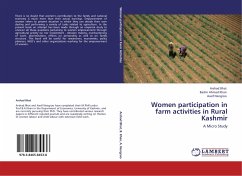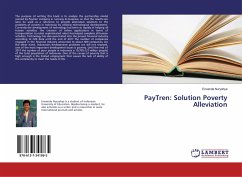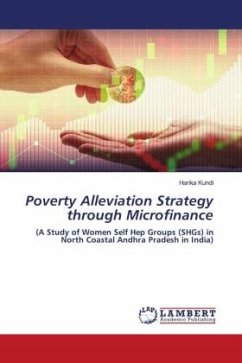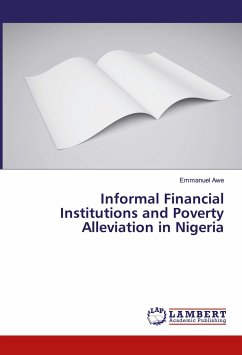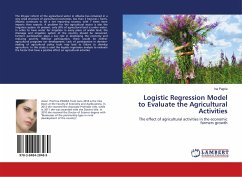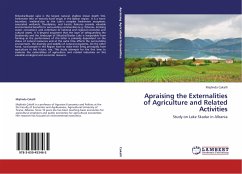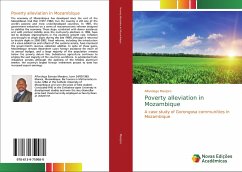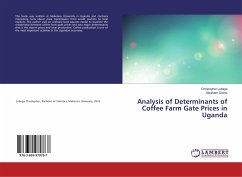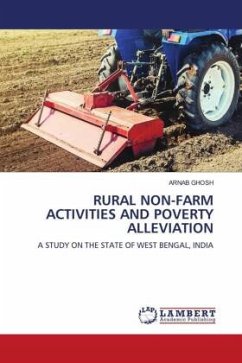
RURAL NON-FARM ACTIVITIES AND POVERTY ALLEVIATION
A STUDY ON THE STATE OF WEST BENGAL, INDIA
Versandkostenfrei!
Versandfertig in 6-10 Tagen
56,99 €
inkl. MwSt.

PAYBACK Punkte
28 °P sammeln!
This book is based on the Ph.D. work done by the author in the Department of Economics, University of Calcutta, India. The background of the work stems from the failure of classical rural development theories like Lewis Model, Harris-Todaro model etc. The necessity of searching for an alternative rural development strategy is the main motivating force behind this study given the wide-spread poverty and inequality in rural India. For this purpose, both the secondary and primary data have been utilized. The analysis of the secondary data provided an aggregative idea about the employment diversif...
This book is based on the Ph.D. work done by the author in the Department of Economics, University of Calcutta, India. The background of the work stems from the failure of classical rural development theories like Lewis Model, Harris-Todaro model etc. The necessity of searching for an alternative rural development strategy is the main motivating force behind this study given the wide-spread poverty and inequality in rural India. For this purpose, both the secondary and primary data have been utilized. The analysis of the secondary data provided an aggregative idea about the employment diversification processes in rural West Bengal and her districts. Analysis of primary data helped to build an understanding about the rural households' participation in the non-farm activities of various types and also the significance of such activities for reducing rural poverty and inequality The book has extensively discussed the methodological issues which seems to be of immense help for young researchers engaged in empirical researches in the field of rural development.



